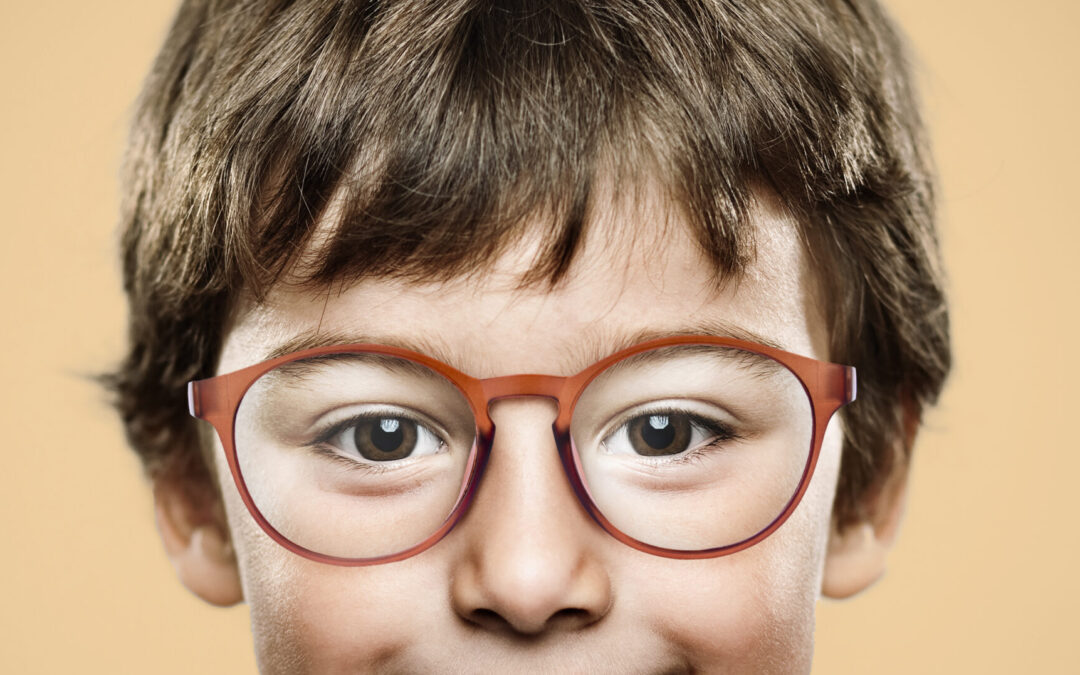Myopia, or short-sightedness, is a condition that results in difficulty seeing distant objects clearly.
Recent research shows that the prevalence of myopia (short sighted) in the western world has increased from 220% to 40% in the past 25 years. In many Asian countries the prevalence is as high as 90%. It is estimated that half the world’s population will be myopic by 2050.
What causes myopia?
Myopia usually begins in childhood and is more common in children who have a myopic parent, although sometimes there is no family history. Other influencing factors are ethnicity, environment and spending increased amounts of time doing near tasks, including using smartphones, tablets and computers.
What are the risks of myopia?
The onset of myopia at an early age brings with it the likelihood of lifelong eye care. Increasing levels of myopia are connected with a number of serious eye problems such as retinal detachment, cataract, glaucoma and macular diseases, with the risk of these becoming greater as the myopia increases. This is due to the eye becoming more elongated as it becomes more myopic. Just like a balloon becomes more translucent as you blow it up and the membrane is stretched, the eye’s membrane becomes thinner and more stretched as it becomes more myopic.
How can we reduce the chances of myopia?
A key part of any myopia management is to encourage children to spend more time outdoors – ideally 12 hours or more per week. Studies have shown that by increasing outdoor time in this way helps to prevent myopia onset and development. Reducing the amount of close work done also helps; reduction of screen time and prolonged amount of book work.
What can be done to help my child?
Although there is currently no cure for myopia, at Coleman’s we are able to fit your child with contact lenses (MiSight) or glasses lenses (Stellest) to slow down or possibly even halt the progression of myopia. Our eye care practitioners can advise whether your child is suitable to be treated. Every child is different and each treatment is tailored to suit both the child and the type of correction that needs to be controlled.
To find out more about this please click here.




Recent Comments